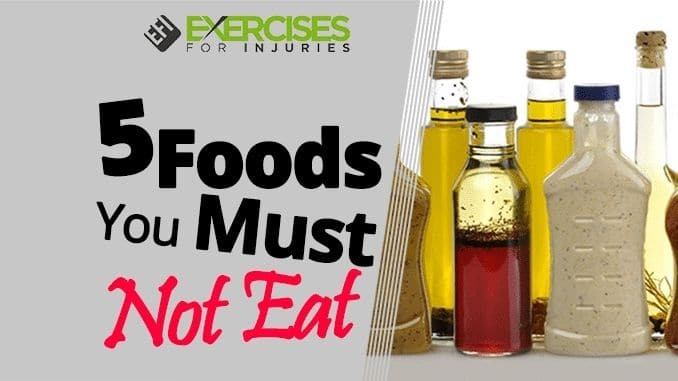
Food is a basic necessity to survive. Humans and animals eat food – we all know this. Have you also heard the saying – you are what you eat? This can be so true as well. We consume foods – different types of foods. Some of these foods can be great for us, while others we consume are… well… NOT SO GOOD FOR US. So, the reality is while there are many types of foods available for us to consume, there are some foods that we should stay away from.
There are some foods that we MUST NOT EAT. Right from childhood, we are ENCOURAGED to eat healthily. A report on child health noted that as people grew older, adequate intake of fruits significantly declined, and a minority of children ate vegetables [1].
Why? This is a good question to ask.
It is NOT ENOUGH to say: don’t eat this food. Instead, understanding why a particular food or specific types of food can be bad for you is SO MUCH MORE WORTHWHILE. Such knowledge could help ensure lifestyle transformations last longer. So, why should we NOT EAT SOME FOODS… well… the answer is quite simple. Some foods we consume can prevent us from maintaining or arriving at a healthy WEIGHT and could also hinder our bodies’ potential for HEALING. Some foods will not help you slim in size or lose weight. These foods will also not allow your body to heal in terms of healing joint pain, gut damage, and dealing with muscle pain.
Here are five foods that you MUST NOT eat:
1. Commercially Processed Salad Dressing
What are salads? Typically, we would describe salads as a healthy meal, comprising mainly vegetables and sometimes fruits, nuts, and other accompaniments that provide nutrition or some appeal. YES! Salads can be good for us. However, when considering foods we MUST NOT eat, consider the commercially processed salad dressings companies sell to accompany the salads we eat. These types of dressings can contain TONS AND TONS of unwanted calories.
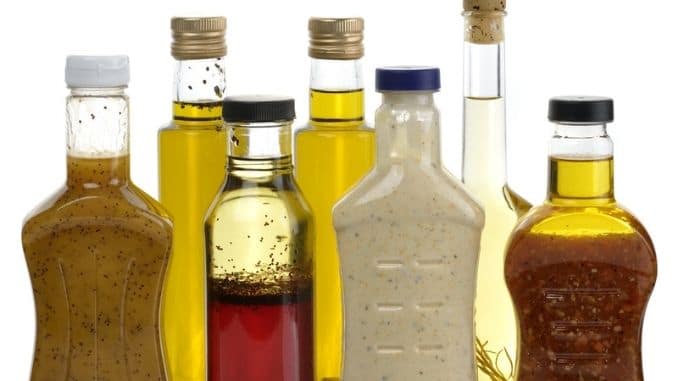
The loophole we face with salads is that these foods are usually not served alone. The dressing seems, and most times, the perfect thing to associate with a salad. Without a salad dressing, the salad can taste bland and uninviting. To satisfy this market need, commercially produced salad dressings can contain ingredients to make this salad dressing product taste appealing. We NEED to be aware of this food.
2. Fruit Juice
The fruit juice we buy in stores may not be entirely or completely made from fruit juice. UNFORTUNATELY… IT CAN GET A LOT WORSE when we consider just what the fruit juices we buy may contain. It may be a mix of substances that taste like fruit but are not fruit.
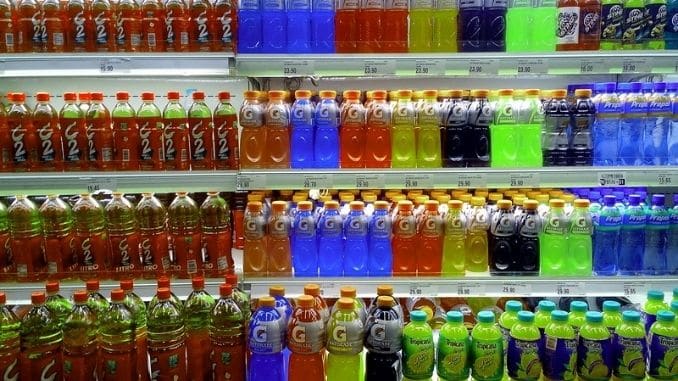
CAN YOU BELIEVE THIS? IT’S HAPPENING, and many people are falling victim to this marketing phenomenon. Walking into a grocery store and buying a fruit juice container can seem convenient. However, WHAT is WE BUYING? Are we simply buying into the potential lie that our fruit juice is good for us?
Pure fruit juice is the healthier option, and with this option, there is still the need to watch consumption levels because natural fruit juice can contain significant sugar levels. The sugar content can impact diseases like diabetes, as research shows [2]. Research studies also reveal that sugar can affect other medical conditions, including cardiometabolic risk factors [3].
By focusing on the fruit’s juice alone, we also eliminate the fiber and other benefits we get from eating the whole fruit, which are eliminated when we only extract the juice.
3. Organic Processed Foods
Go organic! Yes, “organic” is one of the more recent buzzwords that has captured the interest of many. Indeed, there is a benefit in seeking and consuming organic versions of foods. Organic foods provide a more natural version with minimal processing, if any at all. However, there is a MARKETING strategy with some of the so-called organic foods out there – many of which we sometimes place in our shopping carts and bring back home.
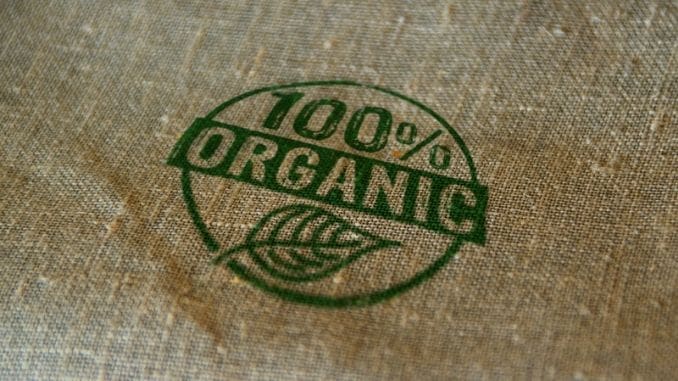
What food processors and marketing groups do is figure out a way to tap into the HYPE of ORGANIC EATING while still sneaking in some “not-so-nice” or “not-so-wanted” ingredients – in essence, the foods that you should not eat or the foods that make the normally healthy foods suddenly fall into the category of foods that you MUST NOT eat.
For example, while organic granola can be a healthy choice, what we need to UNDERSTAND about granola is the way many types of granola options appear to us in grocery stores. Such organic food choices could contain non-organic “add-ins” and sometimes other organic ingredients like natural cane sugar, which is, in reality, still sugar that we should AVOID where possible. Of course, the organic version of sugar may be better. However, do pay attention to processed foods, especially if they are tagged with the word “organic” but are processed and rendered less healthy than their natural counterparts.
4. Gluten-Free Processed Foods
Another term for foods we find in food stores nowadays is “gluten-free foods.” Folks reacting to gluten can benefit from gluten-free alternatives, which can be a lifesaver in many ways, enabling people to live high-quality lives with the pain resulting from gluten-sensitivity situations.
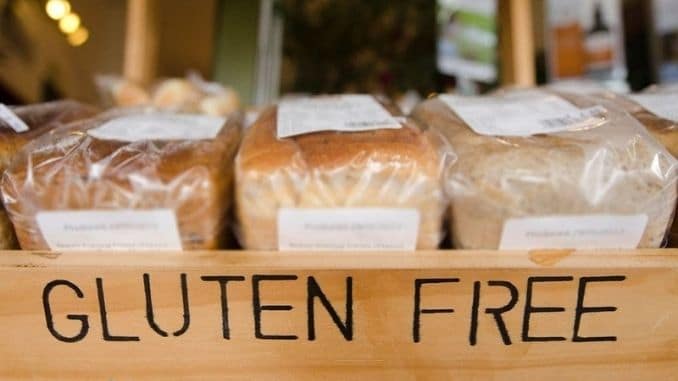
Again, food producers and marketers can capitalize on this fact and tap into those who would naturally be drawn to consuming gluten-free foods. Unfortunately, “gluten-free” may not necessarily mean “healthy,” as also confirmed by consumer reports, and this can be seen in many examples, such as the comparison between a non-gluten-free muffin that has 340 calories and a gluten-free muffin with 370 calories [4]. Some gluten-free foods contain additional ingredients packed with sugar, calories, and processing that depletes the food of its natural nutrients.
5. Diet Drinks
Do you think that diet drinks are good for you? HMMM… it’s TIME TO RECONSIDER that thought. Yes, diet drinks such as soda may not have the conventional sugar used in ordinary sodas and sugary drinks. However, to compensate for the sugar loss from these sodas, food manufacturers and processors resort to other means, including adding replacements like artificial sweeteners, which sometimes do not contain sugar and calories. SO, THIS IS GOOD, RIGHT? WRONG! Not quite as good as we would expect or hope.
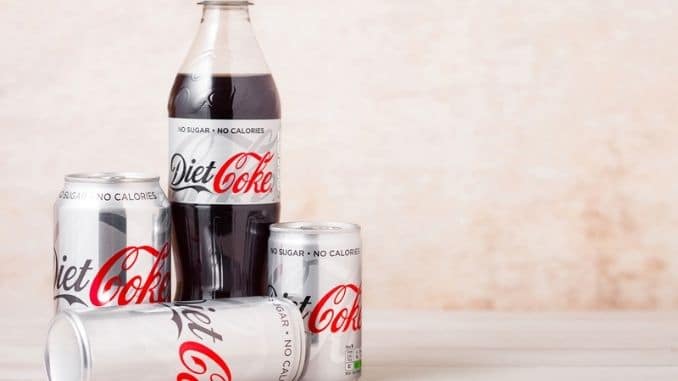
On the contrary, artificial sweeteners focus on our appetites and increase our appetite in many cases. Information from the School of Public Health at Harvard also lends input to this conversation by revealing that health benefits related to artificial sweeteners are inconclusive, and diet sodas do not necessarily provide a suitable alternative [5].
A research study published in the European Journal of Clinical Nutrition agrees that sugar alternatives and sweeteners, including low-calorie sugar substitutes, do not reduce or minimize the consumption of sugary drinks; instead, the existence and level of intake of these sweeteners have increased in parallel with consuming sugary drinks. So … we drink diet drinks, and then … we want to eat more or drink more. Unfortunately, when this occurs, we may not be eating the healthiest or best meals. Hence, it can be smart to stay away from these drinks!
Major Mistake
A major mistake is to think that certain foods we consume are GOOD FOR US, while on the contrary, these foods are indeed making us fat. Why eat things that are not good for us when there are alternatives that can do us good? Why eat foods that keep us sick or from feeling our best?
Instead, why not EMBRACE our best foods and eat more things that keep us healthy in weight and healing potential? Avoiding these foods that we must not eat can be so rewarding! An alternative to these foods we must not eat is to strip the food down to the basics – the natural components.
Commercially Processed Salad Dressings
For example, with commercially processed salad dressings, you could consider making salad dressings at home, using pure and natural ingredients like natural spices, extra virgin olive oil, vinegar, and herbs. For all these foods that you MUST NOT eat, SURELY with a little thought, we’ll find some way to avoid these foods or ingredients and still find GREAT FOOD CHOICES to include in our lives.
Some of these ingredients can include loads of saturated fats that are bad for the body, high fructose corn syrup, other types of sugar (YES, SUGAR!), unnatural preservatives, and other ingredients – some with names that make it SO DIFFICULT TO PRONOUNCE – still ingredients that we’d rather do without. SO, WHAT HAPPENS… we take a perfectly healthy meal like a salad and drench it with commercially processed salad dressings or reach for a diet drink instead of healthier alternatives… and then GUESS WHAT? We then WONDER why we are not looking or feeling trim and healthy! It’s time to break the cycle and be alert for these foods you MUST NOT eat.
If you want to be healthy and sexy naturally through simple food hacks, then click here to check out the Best Foods That Rapidly Slim & Heal In 7 Days program.

